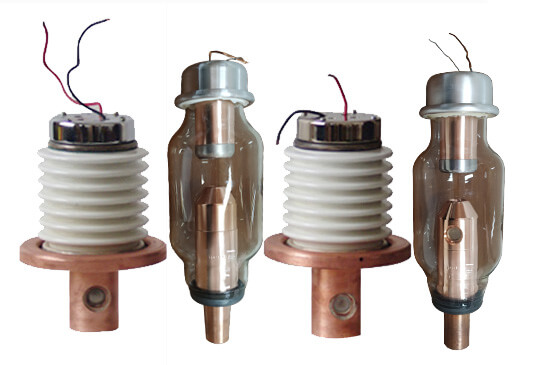
Fault analysis of x-ray tube
We should first analyze its fault cause, fault phenomnon and reason, then begin troubleshooting of x ray tube
1. Filament breaks
1) Fault Phenomenon
The filament does not light after electric is connected.
2) Reason
Severe vibration to the x ray tube makes the break of filament;
The filament is oxidized after a mount of air entering into the inner of the x ray tube, consequently the filament is burned down.
The x-ray tube getting thin because of its evaporation by long years usage, consequently, the amount of x-ray emission is reduced. To keep the amount of emission constant, it forced itself to increase the filament voltage, thereby the filament is burned down.
The short-circuit of the transformer of the filament causes the filament’s burned down.
The filament lead is poorly soldered or has poor connection.
2. Anode focal target surface is damaged
1) Phenomenon
The image clarity is reduced due to the absorb of x ray beam and x ray astray causing by the unevenness of the focal plane or metal powder splashed. At this time, when the filament is heated, the brightness of the filament is darker than usual.
2) Causes
Mainly due to the excessive use and inadequate time interval of the cooling time of x ray tube, so the heat of the focal surface gradually accumulates and exceeds the maximum limit, which consequently leads the focal plane melt or partially evaporate.
3. Vacuum down-namely, leakage or air-inflow
1 ) Phenomenon
When there is slight vacuum reduced, on voltage connection, slight blue glow in the tube will be not good, the penetration power will be insufficient.
When the is serious vacuum drops, on voltage connection, obvious slight green glow or slight yellow glow or blue-violet glow will appear in the tube, and the milliampere meter shows abnormal indication.
Complete air inflow will cause the vacuum in the tube destroyed. On high voltage connection, there will be a significant breakdown discharge between the two electrodes.
2) Causes
There is residual gas when the x-ray tube is vacuumed;
The rotating anode is overheated due to overload or poor heat dissipation, causing the anode copper column and the glass welding position to expansion to burst and air-inflow;
Violent vibration during transportation or use causes a glass tube break down.
The use environment is bad-sometimes hot and sometimes cold , which causes air enters the vacuum space.
4. Fluorescence in the bulb
1) Phenomenon
On voltage connection, there is blue or purple-blue fluorescence appeared in the tube.
2) Causes
Longer-wavelength fluorescent ray is generated after some low-energy scattering electrons attack the glass wall. The higher of the tube current is, the more obvious the fluorescence will be;. On the contrary, if during the tube voltage connection, the fluorescence intensity is weakened, that will be the reason that the scattered electron energy increases and emits through the tube wall. When the tube voltage increases to a certain value, the fluorescence will disappear, which is caused by the bulb material and does not affect the use of the x-ray tube. However, this situation should be distinguished from the vacuum reduction.
5. Rotating anode does not rotate
1) Phenomenon
There are two cases: one is that there is no reaction when starting the rotating anode; the other is that there is an abnormal sound when starting the rotating anode.
2) Causes
Besides the failure of the rotating anode starting circuit, this phenomenon can be also caused by the axial deformation of the anode rotor in the tube, or friction increase of the rotor, or the excessive use of the rotor, or the anode bearing’s severe wear.